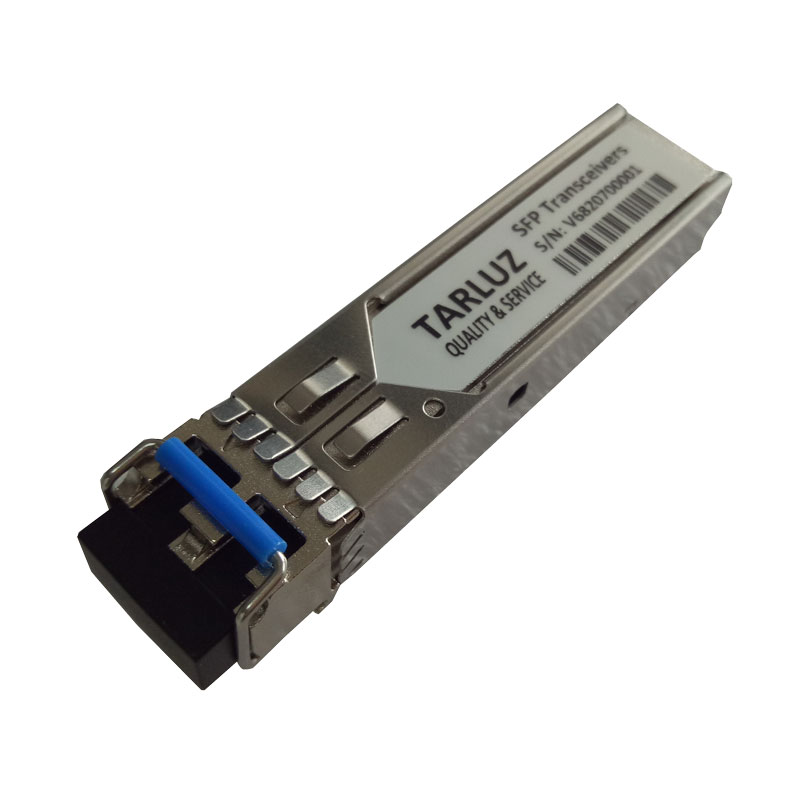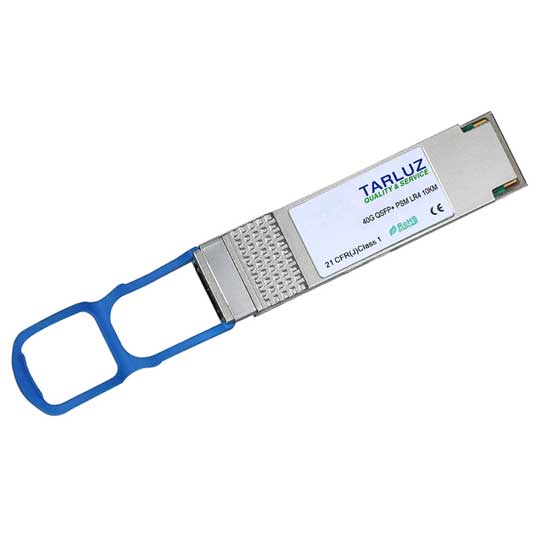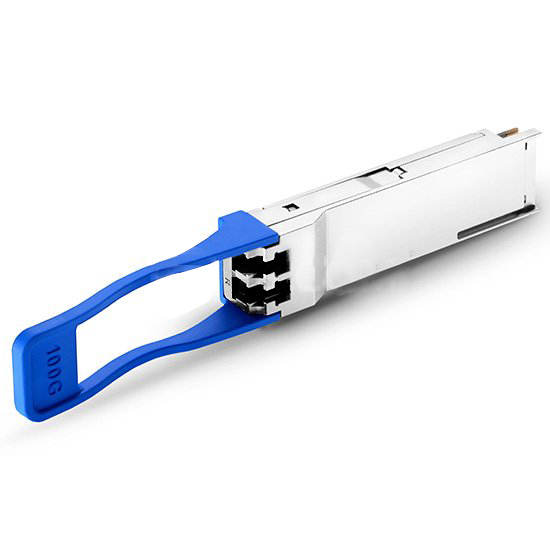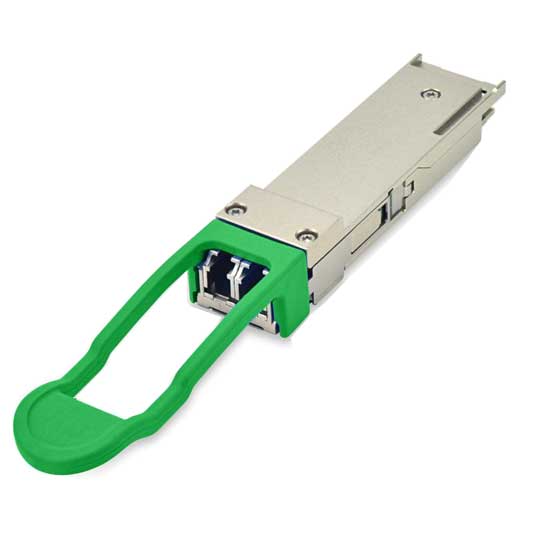QSFP28 is short for Quad Small Form-factor Pluggable 28. It has become the dominant form factor for 100G networks. The interconnect offers four channels of high-speed differential signals with data rates ranging from 25 Gbps up to potentially 40 Gbps, and meets 100 Gbps Ethernet (4×25 Gbps) and 100 Gbps 4X InfiniBand Enhanced Data Rate (EDR) requirements. There are many products with QSFP28 form factor like the SR4, LR4, PSM4, CWDM4 and AOCs.
What is Third Party QSFP28 Optical Modules?
Third party QSFP28 optical modules mean fiber optic modules not originated from and branded by Your network equipment vendor. However, The truth is even you get the original QSFP28 transceivers from your equipment vendors, but those optical modules might be produced in a third party factory, and the price might 10 times higher than a third party modules. Are they any difference between 3rd party optical modules and original optical modules – answer is No. All optical modules are produced strictly according to standards of MSA (Multisource Agreement) and only difference is that the vendor ID in the EEFFOM is reset to the system vendor’s own.
What is Legal Policy and Risks?
Here is Link to Cisco’s Guideline: Third Party Components Support. What it says, is that if network fault will be caused by third party optics, then it is your problem, but if these products are not cause of problems, then they still will provide warranty and support services. We have delivered tens of thousands optical modules to our customers and we have to admit that optical modules (we of course can’t guarantee this for other vendors) are very stable piece of equipment. In all experience, we had just few cases module stopping normal functioning during network operating phase. All potential problems with optical modules we discover during network installation phase, and root always is either programming error or production fault.
Warranty Description from Vendors (Cisco, Dell, HP and Juniper)
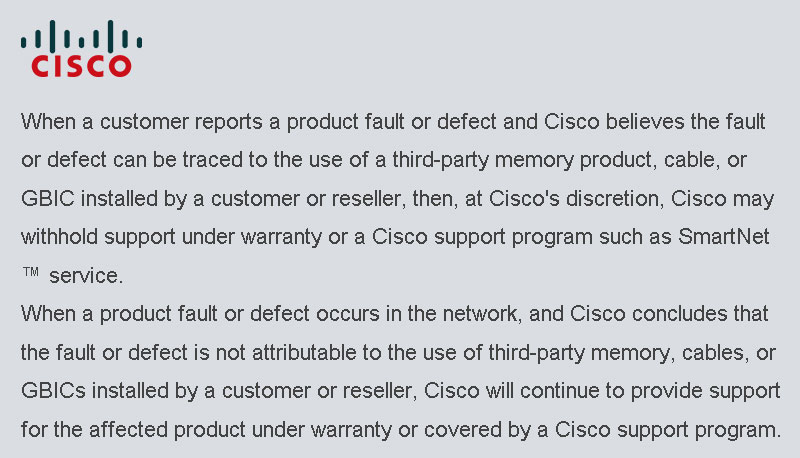
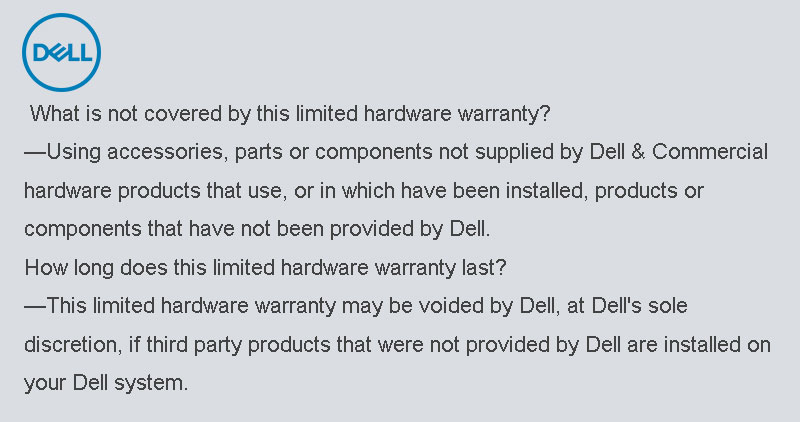
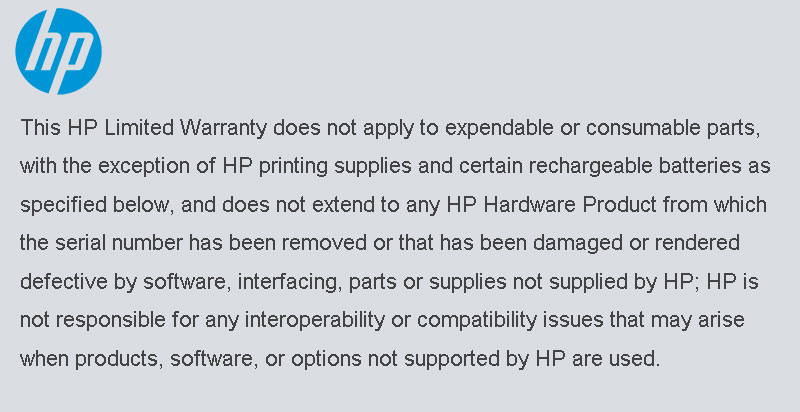
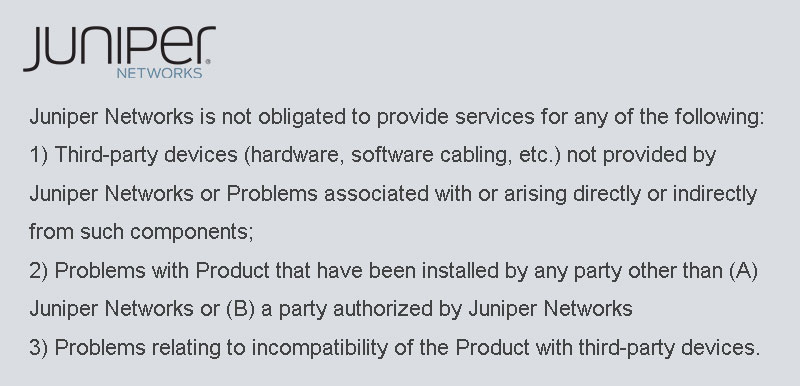
So, Should You Buy 3rd Party QSFP28?
I think that You should decide for yourself, but main arguments we suggest to take in account are:
Price – Our / 3rd party optical equipment is much cheaper then so called “original” ones – sometimes even 10 times. It allows You to save huge capital expenses, buy better quality of equipment, make Your network safer.
Flexibility – In many cases, “original” optical modules offered from vendors are very limited selection – just some basic ones. Often no BiDi / single fiber support, no CWDM or DWDM wavelength support, but actually You can use such modules with any equipment You have perfectly fine.
Contribution for Better Industry – Vendors try to lock in their customers simply because they can. This is nothing new since the beginning of the IT / Computer Industry. We have seen this with cables, connectors, floppy drives, hard drives and many others. In all cases vendors lost their battle in long term just because more and more customers started to use generic items, not vendor OEM’s and vendors just started to ignore trend or reconsidered position and started to support it.
